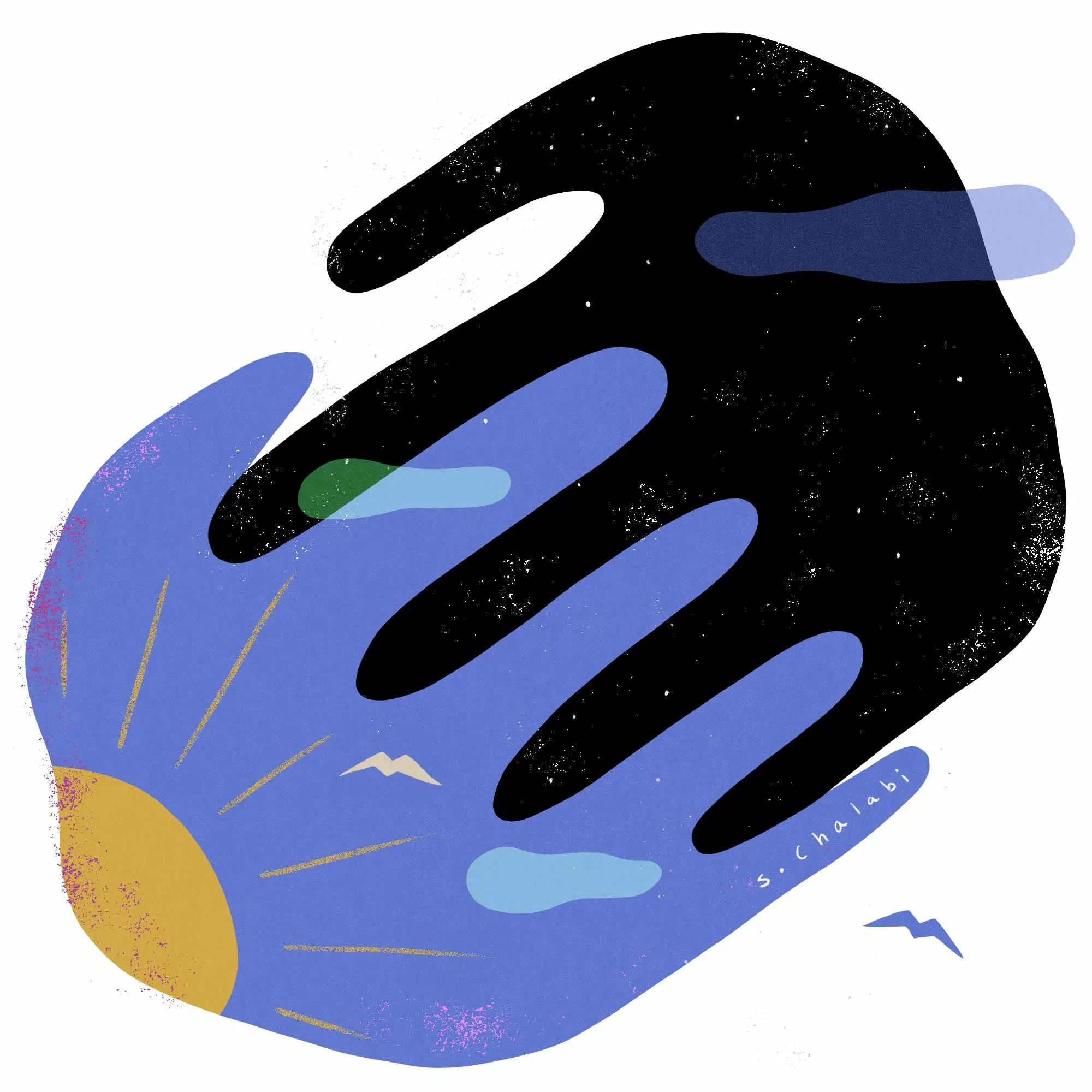New Negress Film Society on community models for filmmaking
New Negress Film Society is a core collective of black women filmmakers who create community and spaces for support, exhibition, and consciousness-raising.
The future of film is local. The future of film is community-centered. The future of film is participatory filmmaking made to serve those whose stories it seeks to reflect. And the future is here. It can be found in the past and present histories of art and media production in Black communities.
In an industry currently reckoning with toxic cultural underpinnings that have abused, invisibilized, and devalued non-white communities, let us recognize that solutions exist within those communities. Too often those who have been oppressed by white supremacist systems are asked to participate in those systems’ redemption. Resources are directed to the reform of institutions built on foundations of inequity and exploitation, while organizations created by non-white communities—that have addressed social injustice from their roots—remain depleted and difficult to sustain.
New Negress Film Society is a collective of Black women and non-binary filmmakers who create community, spaces, and films that reimagine cultural productions that have traditionally exploited our communities. We coordinate public programming and produce films committed to centering radical Black women’s voices. We protect the integrity of our artistic process from the commercialization and commodification that have historically caused harm to our communities. We believe the best protection is collectivizing.
We are inspired by those who came before us. We learn from Oscar Micheaux personally touring his films throughout the nation; from collectives that provided vital contributions to the canon—such as UCLA’s “L.A. Rebellion” filmmakers, Henry Hampton’s Blackside production company, the United Kingdom’s Black Audio Film Collective; and from community organizations like Scribe Video Center in Philadelphia. We learn from the creativity of Black liberation groups such as the Black Panthers, Amiri Baraka’s Spirit House, the Combahee River Collective, and Black Lives Matter movements. These initiatives were and are grounded in community needs and a nonnegotiable insistence on having those needs shape the creation of their agendas, strategy, organizing, and mobilizing.
The sum of these principles is the foundation for many arts and mass media initiatives born to serve the people mainstream art and media institutions ignore. These principles have long been the alternative to dominant, institutionalized notions of creative processes and hierarchies. Centering Black perspectives, not the white gaze. Serving, not extracting. Collectivizing, not commodifying.
Today’s technology provides ample tools to build new systems, and build upon those who have been neglected for far too long. We need sustainable pathways outside of commercial structures. Community organizations and collectives need the resources to produce and distribute films. Collectives, like our own and like Miami-based Third Horizon, need the means to experiment with communal methods of resource-building; ethical, community collaborative models of production; and creative distribution tailored to the communities we serve. Filmmakers from underserved communities need access to more support at the research and development phase. We need more investment in the creation of projects and spaces that are built by us, for us—as opposed to those trying to figure out how to include us.
In these times, we are looking to concepts of success that are not defined by festival premieres, distribution deals, audience size, or high-profile awards. Those values serve the self-congratulatory ecosystem that sustains the very exploitation, invisibilizing, and abuse with which we are currently reckoning. Truly just filmmaking must value a relationship to and firsthand knowledge of a community. It must value meaningful collaboration with community members. Building just systems requires the time to experiment, the autonomy to take risks, and the room to fail and rebuild. The creativity and innovation of community models for media making and distribution need to be uplifted, studied, and, most importantly, flooded with resources.

This essay is part of CREATIVE FUTURES, a series of provocations by thinkers across the arts, documentary, and journalism on how to reimagine their sectors.